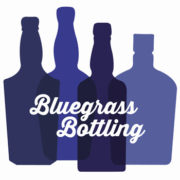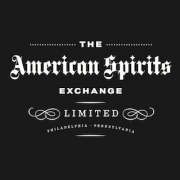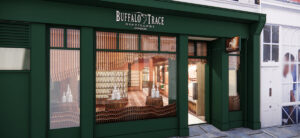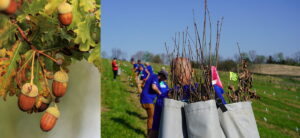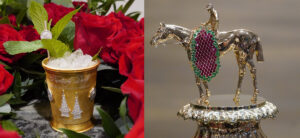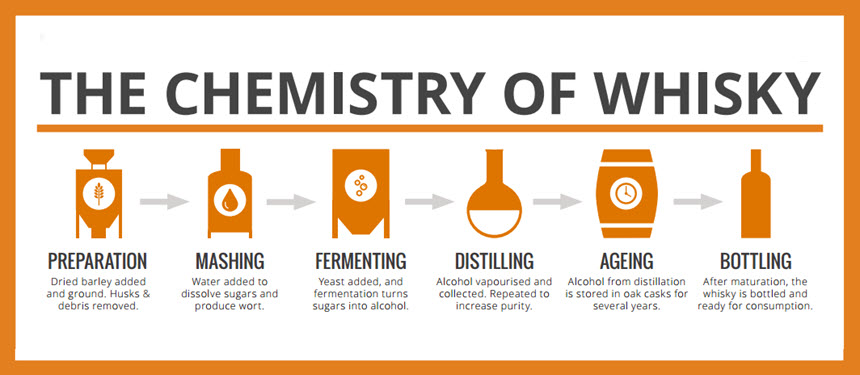
Whether you spell it whisky or whiskey, it’s one of the most popular, complex and often argued about spirits in the world. It’s typically aged for one to four years or longer but it may be served almost directly from the still as moonshine or white lighting. Many will only drink it neat or on the rocks or mixed in a cocktail. Whisky has been around a long time but the basic whisky making process has been the same for centuries.
- Preparation of the Grains – Dried grains such as barley, wheat, rye or corn are added to the ground. Husks and debris removed.
- Mashing – Water added to dissolve sugars and produce wort.
- Fermenting – Yeast added, and fermentation turns sugar into alcohol.
- Distilling – Alcohol vaporized and collected. Repeated to increase purity and increase proof.
- Ageing – Alcohol from distillation is stored in oak casks for several years. Some casks are new like in the case of Bourbon and some are reused as is generally the case with Scotch Whisky.
- Bottling – After maturation, the whisky is bottles and ready for the best part of its journey, consumption!
Here’s the general class definition from the Alcohol and Tobacco Tax and Trade Bureau or TTB. There are technically 40+ different types of whisky but that’s another story.
Spirits distilled from a fermented mash of grain at less than 95% alcohol by volume (190 proof) having the taste, aroma and characteristics generally attributed to whisky and bottled at not less than 40% alcohol by volume (80 proof)
This handy infographic will make you wish you paid better attention in your chemistry class. Whisky contains hundreds of different compounds. These can be influenced by the type of malt and grain used, the distillation process, and the wood used in the barrels used in the ageing process. While it’s not possible to list all the compounds here that contribute, this will give you some of the basic things that impact the caramel colored (or not) whisky that we love so much.
Click to view the full size image.
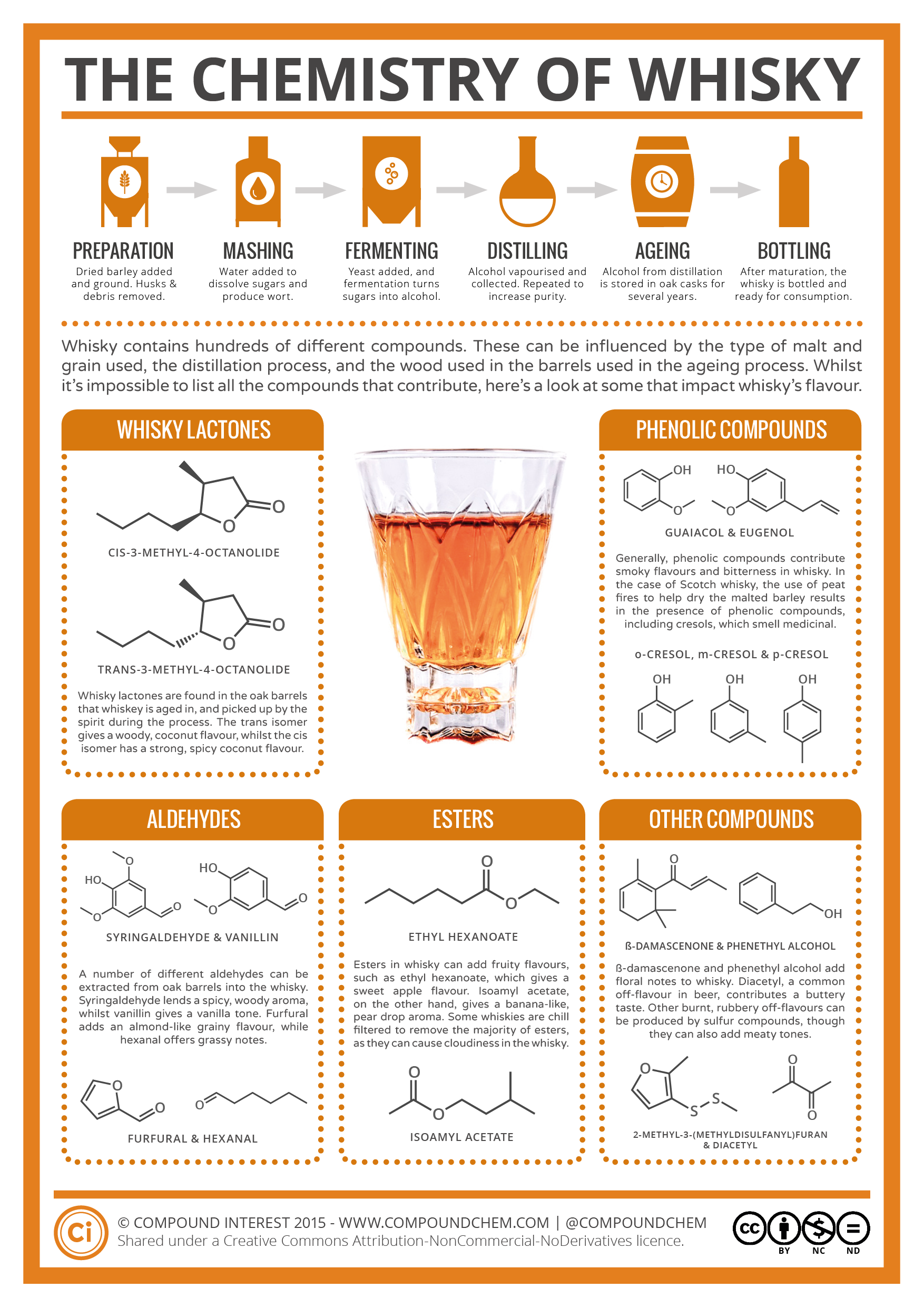
EMBED THIS INFOGRAPHIC ON YOUR SITE
(Use this code to ensure proper source attribution)







